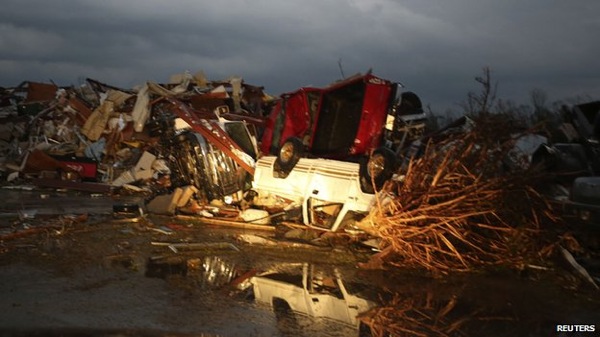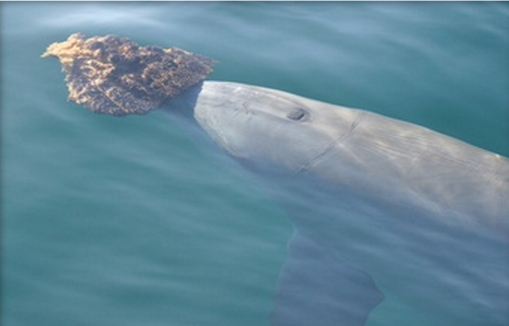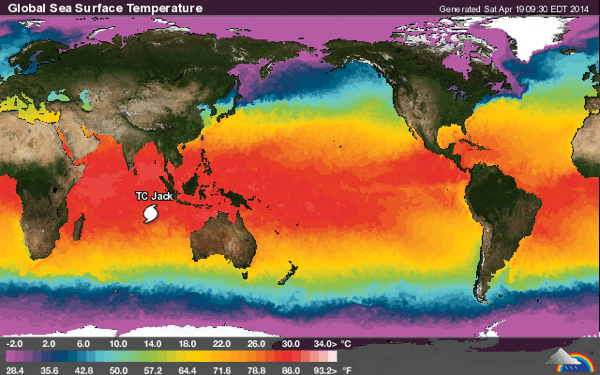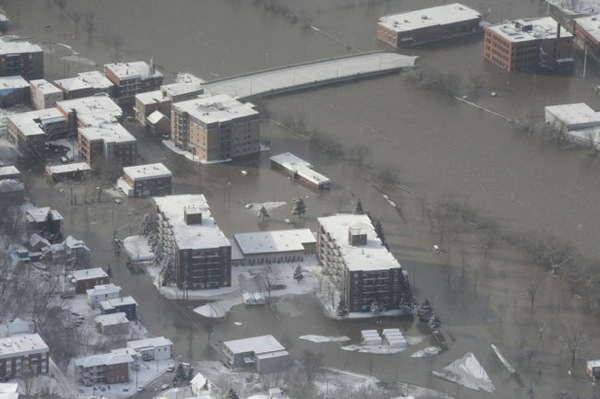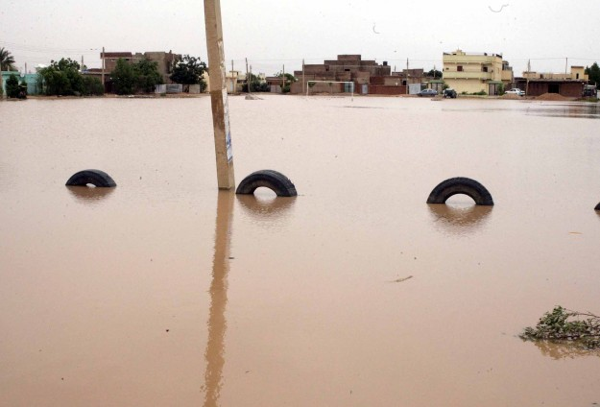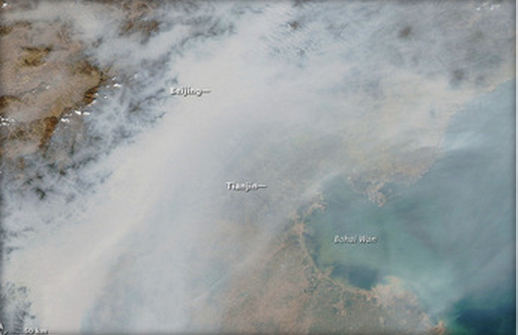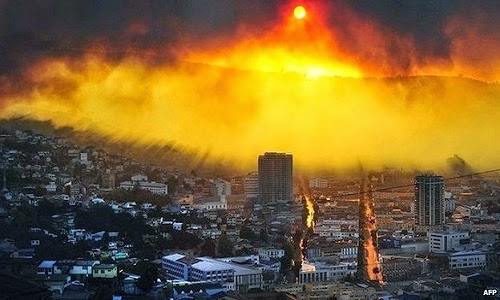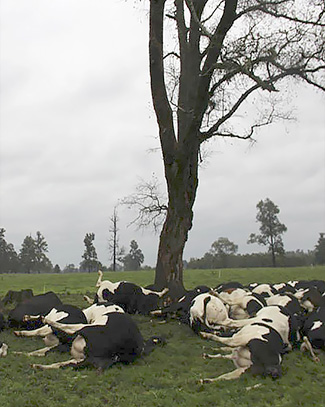Roundup of Global Volcanic Activity
Chirpoi (Kuril Islands, Russia): SVERT reported that on 13 April satellite images over Snow, a volcano of Chirpoi, detected steam-and-gas emissions. Cloud cover obscured views on the other days during 9-15 April. The Aviation Color Code remained at Yellow.
Chirinkotan (Northern Kuriles): SVERT reported that satellite images of Chirinkotan showed gas-and-steam emissions on 9 April drifting more than 50 km SE. Cloud cover obscured views during 10-15 April. The Aviation Color Code remained at Yellow.
Nishino-shima (Volcano Islands): A possible explosive eruption occurred this morning; VAAC detected an ash plume at estimated 7,000 ft (2.1 km) altitude drifting east from the volcano. This could have been caused by a stronger phreato-magmatic explosion (sea water coming in contact with magma).
Sakurajima (Kyushu, Japan): The volcano has been unusually calm recently. No significant explosion was recorded since 12 April.
Sinabung (Sumatra, Indonesia): A pyroclastic flow occurred yesterday afternoon (17:40 WIB) at the volcano. Most likely, it was triggered by a partial collapse of the steep lava tongue that had been emplaced on its southern flank during the past months.
Fortunately, the flow was rather small and only reached the now depopulated area at the feet of the mountain.
Dukono (Halmahera): Ash plumes from stronger explosions have become a more or less daily appearance in VAAC Darwin's reports of volcanic ash clouds. The volcano clearly is in an elevated state of activity at the moment.
Shishaldin (United States, Aleutian Islands): Alaska's Volcano Observatory (AVO / USGS) maintains alert status orange: "Minor steaming was observed in web camera images during clear periods over the past day. Satellite images show no evidence of eruptive activity. No significant changes observed in seismic data."
Popocatépetl (Central Mexico): No significant changes have occurred in the volcano's currently low activity. Small to moderate emissions of steam and minor amounts of ash were observed at rates of approx 1 per hour (CENAPRED counted 22 events during 16-17 April).
Santa María / Santiaguito (Guatemala): No significant changes in the currently relatively low activity have been reported. Occasional small to moderate explosions and weak avalanches from the active lava flow on the SE side of the dome occurred during 16-17 April.
Pacaya (Guatemala): INSIVUMEH only reports steaming and internal tremor, but no visible eruptive activity from the Mackenney crater at the moment.
Fuego (Guatemala): Moderate to strong explosions continue at the volcano with ash plumes rising almost 1 km above the crater.
All the explosions generated rumbling and degassing sounds as well as sometimes shock waves. Fine ash fell in the villages Panimaché, Morelia, Santa Sofia and Sangre de Cristo. Incandescent avalanches could be observed from the crater at night.
Reventador (Ecuador): The volcano continues to produce small to medium explosions with ash plumes rising up to 1.5 km. A MODIS hot spot indicates the presence of fresh lava at the summit, but there seems to be currently no lava flow.
Tungurahua (Ecuador): Activity at the volcano remains high with intermittent small to moderate explosions and ash emissions. Plumes of steam and various amounts of ash have been rising up to 3 km above the summit and drifting into westerly directions. Light ash fall occurred in Bilbao, Cusua, Choglontus, and Manzano.
Incandescence was observed at night, suggesting ongoing strombolian activity.
Ubinas (Peru): The latest report by Peru's Institute of Geophysics (IGP) issued a series of recommendations to authorities, among which to raise the alert level to orange, given that activity has gradually increased and is now comparable to the eruption during 2006.
IGP also recommends to fully evacuate the villages of Querapi and Tonohaya; according to local press Querapi (the closest to the volcano) seems already to have been more or less evacuated.


